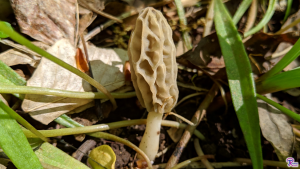#067: Mushroom Morpholgy: Verpas
The genus Verpa contains just a handful of species that are encountered occasionally. These mushrooms look a lot like morels (FFF#033), but are attached just at the top of the cap and have a stipe filled with cottony material. The cap of a verpa hangs down around the stipe, rather like a thimble on top of a finger. This arrangement has led to the common names “Thimble Cap” or “Thimble Fungus,” although I usually just call them “verpas.” Verpas tend to appear just before morels, so if you find one you should come back to check for morels after a week or two.

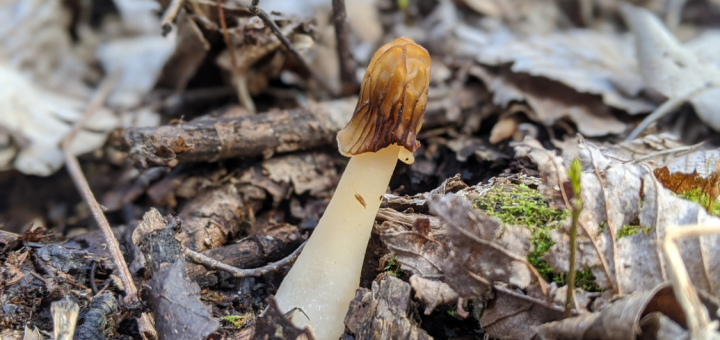
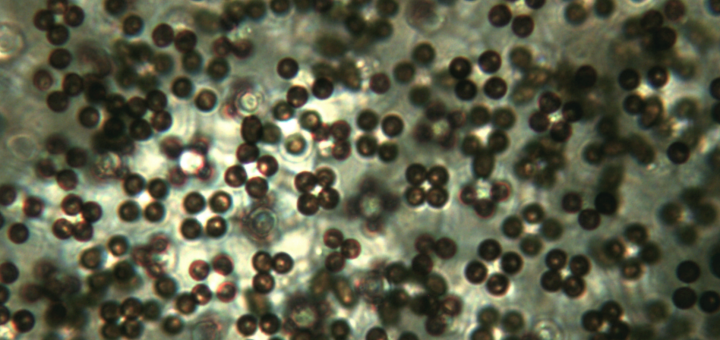
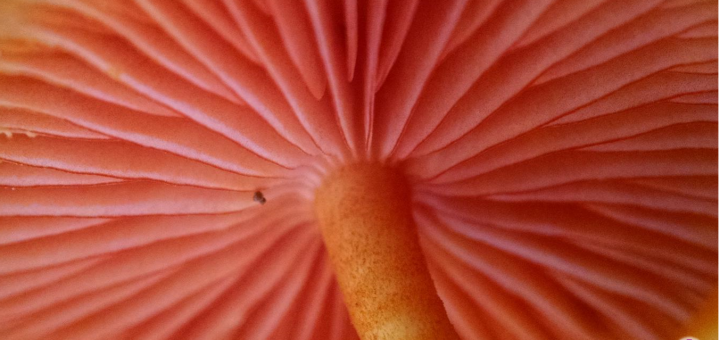
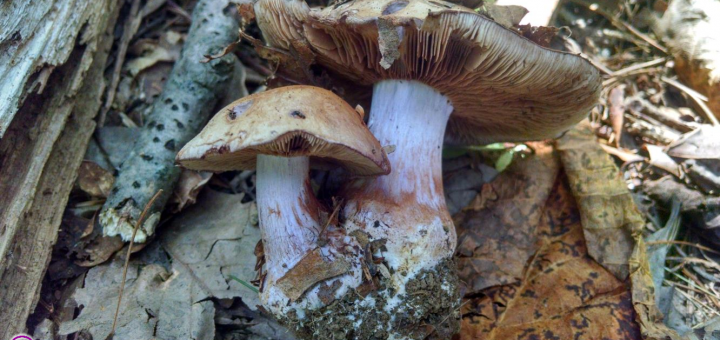
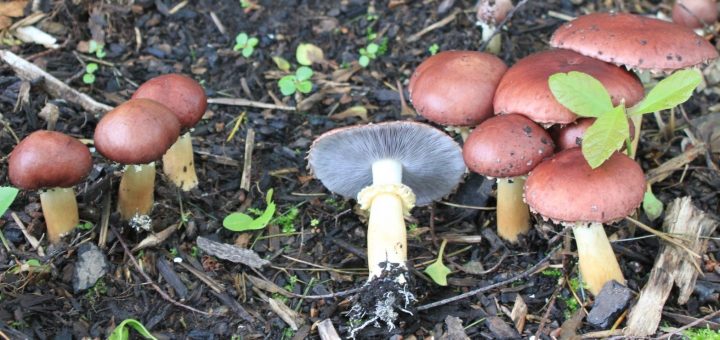
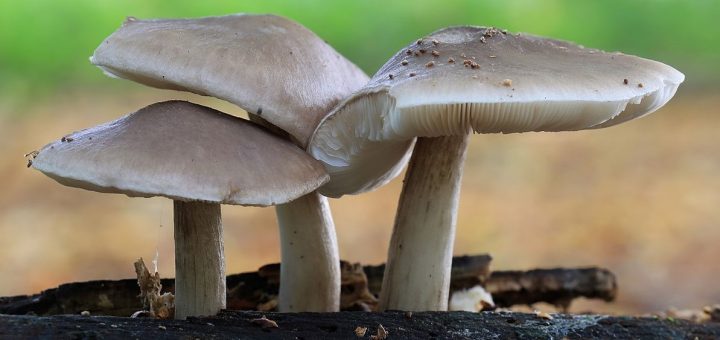
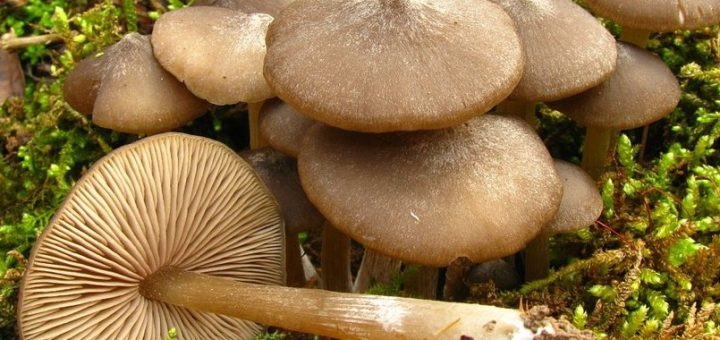
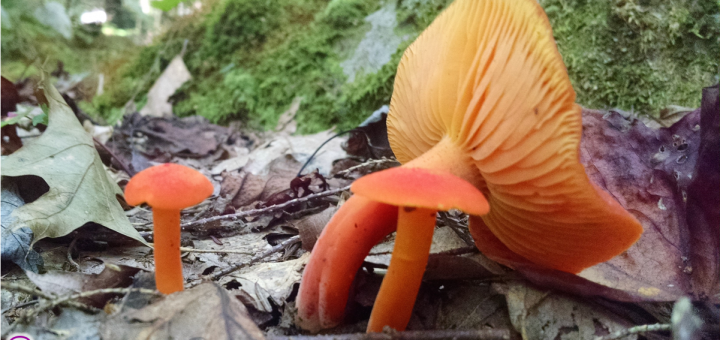
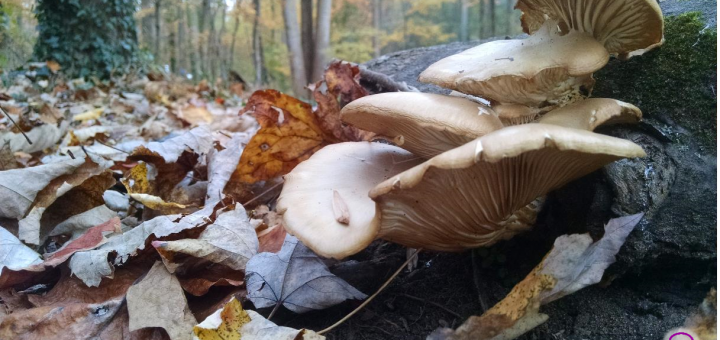
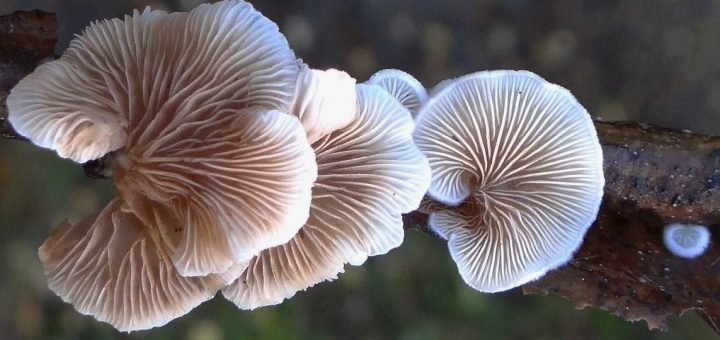





![#011: Characteristics of Kingdom Fungi [Archived]](https://www.fungusfactfriday.com/wp-content/themes/hueman/assets/front/img/thumb-small-empty.png)

